Tetraponera are mostly arboreal but many species will also nest on fallen trees or tree trunks. Even in their foraging they frequent the ground to hunt for food.
Tetraponera workers feeding on a dead lizard.
The wound on a tree trunk resulting from a broken branch makes for the location for Tetraponera rufronigra to build their nests.
Tetraponera build their nest in the trunks and branches of trees.
A worker of Tetraponera rufonigra lateral view.
A worker of Tetraponera rufonigra top view.
A worker of Tetraponera rufonigra frontal view.
A worker of Tetraponera rufonigra.
A worker of Tetraponera rufonigra.
A worker of Tetraponera rufonigra.
Alate gyne of Tetraponera rufonigra.
Tetraponera rufroniga female alate.
Tetraponera rufroniga female alate.
Tetraponera rufroniga female alate.
Alate gyne of Tetraponera rufonigra.
Queen of Tetraponera rufronigra. In Tetraponera rufronigra the second petiole node of the queen is red in color while those in the workers are black.
Gyne of Tetraponera rufronigra.
Tetraponera nitida
The worker of Tetraponera nitida, a small Tetraponera species.
Tetraponera nitida worker.
Tetraponera nitida worker.
Tetraponera nitida worker.
Tetraponera sp3.
Another Tetraponera species.
Another Tetraponera species.
Worker of Tetraponera sp3.
Worker of Tetraponera sp3.
Tetraponera sp4
Tetraponera sp6
Taxonomy:
Top Node: cellular organisms 131567
SuperKingdom: Eukaryota 2759
No Rank: Opisthokonta 33154
Kingdom: Metazoa 33208
No Rank: Eumetazoa 6072
No Rank: Bilateria 33213
No Rank: Coelomata 33316
No Rank: Protostomia 33317
No Rank: Panarthropoda 88770
Phylum: Arthropoda 6656
No Rank: Mandibulata 197563
No Rank: Pancrustacea 197562
Superclass: Hexapoda 6960
Class: Insecta 50557
No Rank: Dicondylia 85512
No Rank: Pterygota 7496
Subclass: Neoptera 33340
Infraclass: Endopterygota 33392
Order: Hymenoptera 7399
No Rank: Apocrita 7400
Suborder: Aculeata 7434
Superfamily: Vespoidea 34725
Family: Formicidae 36668
Subfamily: Pseudomyrmicinae 40138
Genus: Tetraponera 28639
Species: rufonigra 28640
Last updated: 2016 07 05
First posted: 2011 09 01
© 2011 – 2016 Quah. All rights reserved.



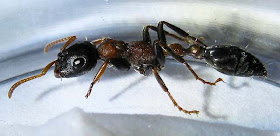
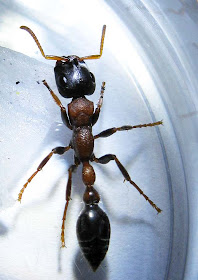

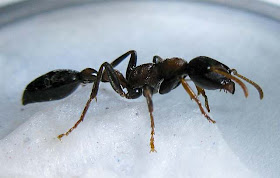


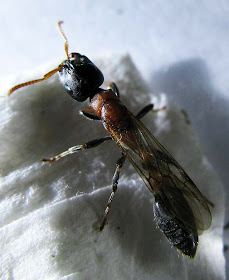






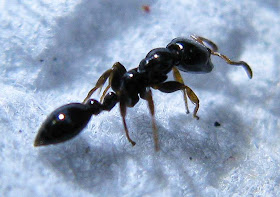
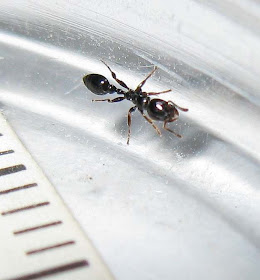
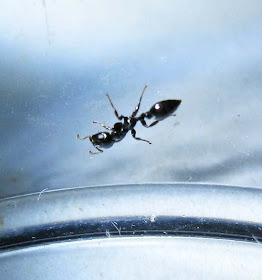
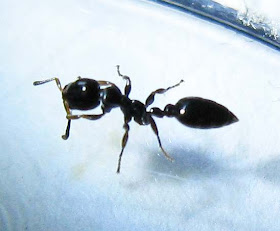
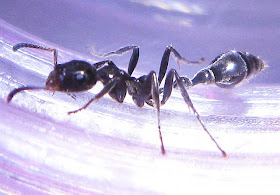
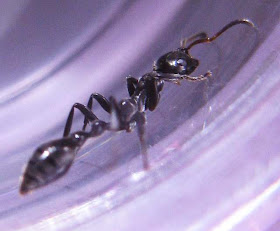





My cousin used some type of fumigation done to her house and as far as I know it worked really well on those termites. I think her house was under the tent for a few days.
ReplyDeleteExcept for drywood termites fumigation is probably the least effective method of termite control unless supplemented with soil treatment or poison baiting. Without these additional control measures the subterranean termites would most likely be back eating up the house within three months.
ReplyDeleteHey Quah tips for raising a queen of tetraponera rufonigra and not getting hurt pls?
ReplyDeleteThese are arboreal ants and cannot tolerate high humidity. They are also semi claustral queens which must feed to lay eggs and raise their brood.
DeleteIf you use test tube for rearing but not the typical water and cotton. Test tube can still be used. Just crumple some dry tissue (facial tissue, toilet tissue or paper towel) loosely and insert into the test tube leaving gaps for the queen to be able to go inside. Then place the test tube in a larger container. Release the queen and cover the container until the queen finds her way into the test tube and shelter there.
Like most arboreal ants, T. rufonigra takes large quantity of sugar (honey or honey dew) but the queen needs protein to to lay eggs as well as to raise her brood.
Feeding: a drop of sugar water (the queen will get the need water from this) every two or three days and some protein food (such dead insects or a drop of raw egg white sweetened with sugar). Be careful of the humidity as if too high the queen will slowly drown.
In the post 'General Information on Ants and Termites' there are some information on rearing.
To avoid getting sting don't grab or hold these ants. There are not aggressive unless their nest is disturbed or they are squeezed.
Hi Quah, your blog jsut attracting me to get a nest of T.rufonigra. May i know when is their nuptial flight session?
DeleteThese ants nuptial are late at night towards morning. Like Oecophylla they fly all year round usually after the rain. But their are semi claustral ants so newly mated queens can be collected when they come out for honey dew and food to feed their developing brood.
Delete